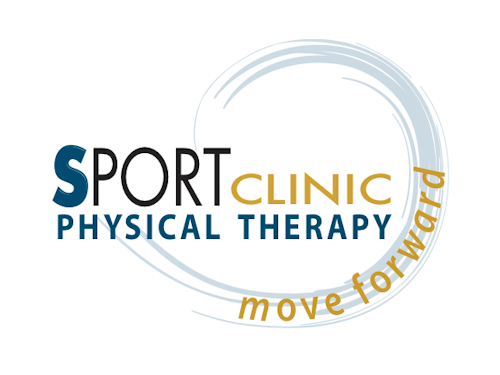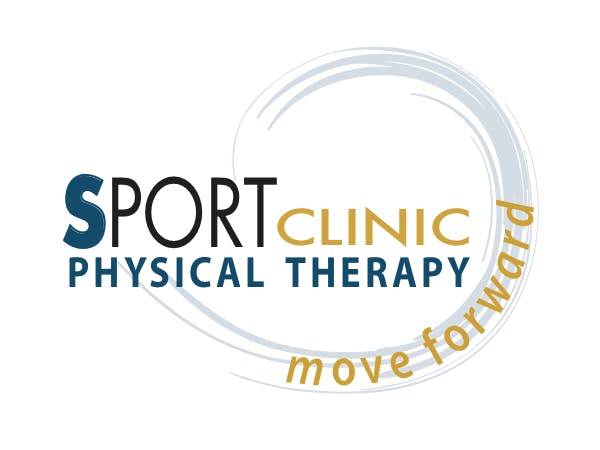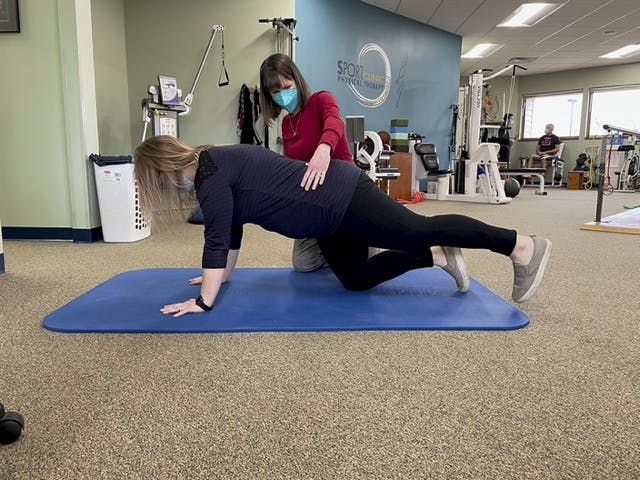Did You Know?
Our amazing bodies go through incredible changes during pregnancy and childbirth.It can take 12 months (or longer!) for physical healing, muscle re-education, and learning to move well again after childbirth. Seeing a physical therapist during pregnancy can help the body adjust to changes and stay strong during and after delivery.
Pre and Post Natal care as one of the services
Other services to include:
- Pelvic Floor Dysfunction - urinary incontinence, prolapse, pelvic pain, diastasis recti, and lumbar, SIJ, and coccygeal pain
Physical therapy during pregnancy:
- Low back pain occurs in 48-70% of pregnancies
- Strengthen the core safely
- Address muscle tightness and imbalances (massage, stretching and strengthening)
- Learn correct posture and body mechanics
- SI joint pain/instability—pelvic pain affects 1-in-5 pregnant women
- Evaluate pelvic misalignment
- Strengthen the core safely
- Address muscle tightness and imbalances
- Learn correct posture and body mechanics
- Review the use of external support belts
- Foot pain, neck pain, headaches and rib pain
- Evaluate postural changes and ligament and soft tissue laxity that increases pressure on multiple areas of the body
Physical therapy after pregnancy:
- The World Health Organization (WHO) recommends a physical therapy screening 6-weeks after delivery to prevent back pain.
- Research indicates that patients who visit a physical therapist in the first 3-months following delivery are more likely to reduce the risk of chronic back pain. Recommended to start care at 6-weeks.
Common postpartum conditions:
- Pelvic girdle pain (SI joint pain) and low back pain
- May develop during or after pregnancy and last throughout postpartum.
- General muscle weakness and impairments to the pelvic floor, abdominals, hip, and back.
- Urinary incontinence (leaking) can often be addressed with help of a pelvic floor physical therapist. SPORT physical therapists can discuss this with you, and provide a referral to a pelvic floor specialist if necessary.
- Diastasis recti occurs in 53% of postpartum women.
- The rectus abdominal muscles separate from overstretching during pregnancy as the uterus grows and expands. After birth, the tissue should heal and come back together normally. If it doesn’t, diastasis recti should be evaluated by a physical therapist.
- Can cause current or future low back pain. A safe progression of core strengthening can decrease the need for surgical intervention. Prenatal core strengthening decreases the incidence of diastasis.
- Neck pain or upper back pain
- Common with breastfeeding and holding your baby
- C-section scar mobilization
SPORT Clinic therapists helping women feel and move better at every age and stage of life:
Missy High, PT, DPT
- 10+ years treating pre/post partum, diastasis recti, SIJ and pelvic pain, urinary incontinence.
- Continuing education in SIJ and pelvic pain, pre/postpartum.
- Mom to three boys
Nicki Struck, PTA
- Experience treating diastasis recti and general retraining core strength after vaginal or c-section births
- C-section scar mobilization
- Pregnancy and postpartum corrective exercise specialist certification in progress
- Mom of two boys















